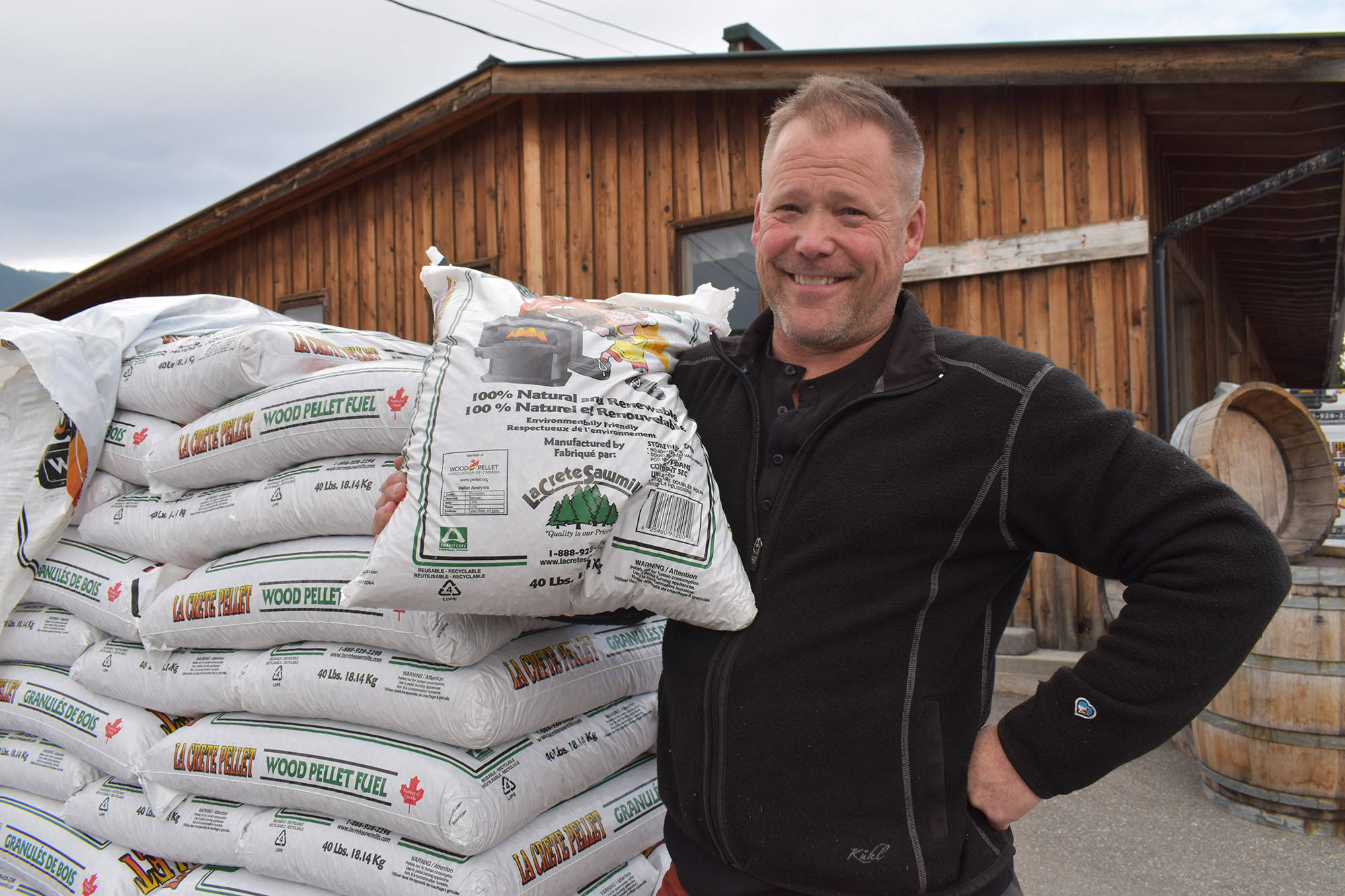Table of Contents
ToggleA plastic pelletizing system is equipment that creates plastic pellets and is one of the most important intermediate processes in plastics. There are four main processes: strand pelletizing, underwater, hot ring, and hot cut. The technology has not changed significantly in recent years and used plastic pelletizing equipment offers a high return on investment. The typical life of a new plastic pelletizing system from a reputable manufacturer will exceed 20 years if properly cared for and maintained. The most important considerations when buying a new or used plastic pelletizing system are cost, quality and delivery time.
How Plastic Pelletizing Systems Work
Plastic pelletizing systems add raw materials, often powders, to the barrel of an extruder. Inside the barrel, heat and pressure are applied to melt the powders and a rotating screw mixes it together. This creates a uniform and consistent molten product. The molten product is passed through a screen that creates pressure in the extruder barrel, filters impurities, and controls flow to the die. The diameter and shape of the molten plastic is determined by settings on the die. From this point, four different processes can be applied.
Different Plastic Pelletizing Processes Strand Pelletizing
One option to process compound plastic is strand pelletizing. After wood pellets the extruder process, a strand die creates a series of spaghetti-like strands that are cooled in water. Once cooled, an air stripper removes excess water. The strand pelletizer then cuts the cooled strands. In the case of the strand die, the number of holes is proportional to the size of the extruder. Another consideration is heat source: electric or oil. Electric systems are cleaner and easier to maintain at a constant temperature, however some applications require oil. The most common manufacturer is Extrusion Dies Industries (EDI). It can be difficult to determine the brand of the die without documentation.
Water Bath
Issues to consider when purchasing a used water bath include the length, width, and depth of the submersion chamber. It’s important to ensure the water bath is big enough to hold the strands. The size of the water bath is generally matched to the throughput of the extruder. Construction material is also important with stainless steel the best choice because it doesn’t rust. Other materials include carbon steel and aluminum.
Air Stripper
When purchasing an air stripper, make sure the width of the lips are wide enough to allow the strands to be pulled through and ensure the horsepower is strong enough.
Strand Pelletizing
When purchasing a used strand pelletizing system, ensure the entrance width and strand guide matches the size and number of strands. Examine the type of rotor: either removable blades or solid helical. In both cases, the number and width of the blade on the rotor is important. Make sure the unit has adequate horsepower to spin the rotor to cut wood pellets. Manufacturers include Conair and Cumberland.
Screen
Screens can be round or rectangle. Ensure the size of the screen matches the extruder. Screens with more decks allow greater levels of filtration. Manufacturers of round screens are Sweeco, Midwestern, and Kason. Manufacturers of rectangular screens include Witte and Rotex. Screens need to be sized to match the rate of the extruder.
Underwater Pelletizing
Another option to process compound plastic is underwater pelletizing. In this process, an adapter connects the extruder with or without a screen changer to a system comprised of a die, a cutting system, a water system, and a spin dryer. In this process, molten material is cut into pellets after moving through the die and into a water slurry. Pelletizing takes place underwater. After this, pellets are dried in a spin dryer and sorted according to size by a screen. The underwater pelletizer must be sized so that the flow of water in gallons per minute is appropriate for the production rate of material from the extruder. Each manufacturer has a different calculation. The most common manufacturers are Gala and Farrel.
Water Ring Pelletizing
A third option to process compound plastic is water ring pelletizing. This works in the same way as underwater pelletizing except the pellet is cut when hot and cooled in a ring of water. As the plastic moves through the die, the pelletizer throws the pellets against the wall of the ring with water instantly cooling the hot pellets. The pellets are dried in a spin dryer and sorted by size through a screen. When purchasing water ring pelletizing systems, consider the model, capacity and manufacturer. The most common brands are Beringer, Xaloy, and PTI. It’s common for water ring pelletizing systems to include the die, cutter, water system, spin dryer and water trough.
Hot Cut Pelletizing
The fourth option to process compound plastic is hot cut pelletizing. In this case, pellets are cut when hot and cooled by a blower before pellets kaufen being sorted by size through a screen. This process is typically used with PVC pellets. The best-known brand is Cincinnati Milacron.
Used plastic pelletizing systems
When purchasing a used plastic pelletizing system, consider its age, manufacturer, horsepower, type of rotor, and screen holes. The advantages of buying a used plastics pelletizing system includes immediate installation and competitive price. Choose a reputable brand with maintenance records.








